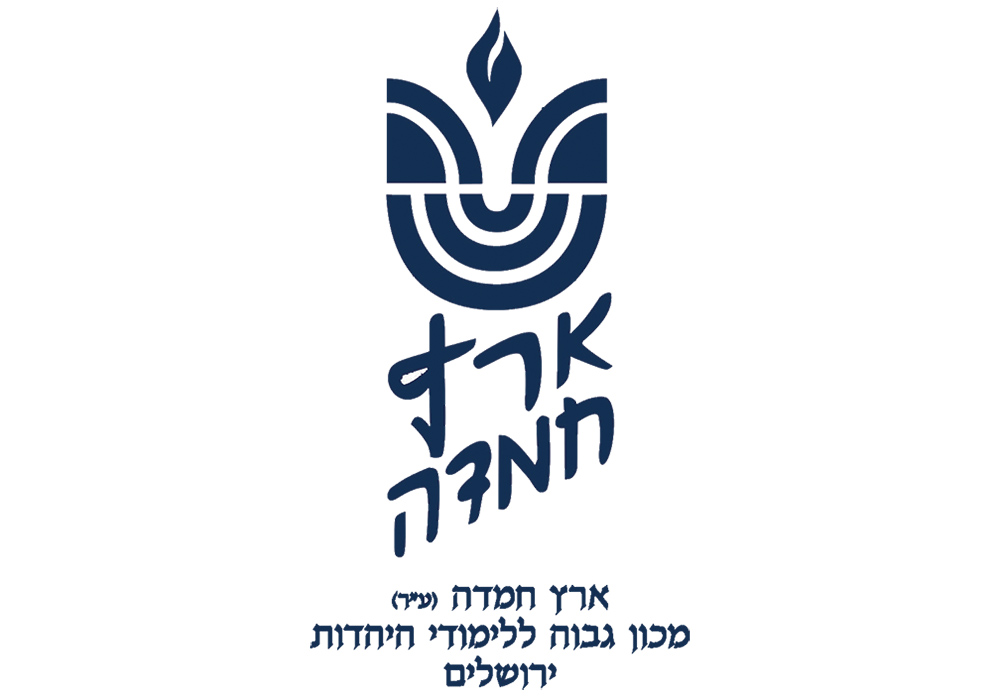By Rabbi Daniel Mann/Eretz Hemdah
לעילוי נשמת
יואל אפרים בן אברהם עוזיאל זלצמן ז”ל

Question: I thought that one should learn a little in shul right after davening, yet I do not see many people doing so. How do you explain this?
Answer: The concept you refer to can be connected to different sources and framed differently. After doing groundwork, we can relate to what is troubling you.
The Gemara in Brachot (64a) says: “One who leaves a shul and enters a beit midrash and is involved in Torah study, merits receiving the divine countenance, as the pasuk says: ‘They shall go from chayil to chayil, they will be seen by Hashem in Zion.’” The move from one place/activity to another seems significant, although it is not obvious why (see Yalkut Biurim ad loc., page 387). The Maharsha (ad loc.) says that chayil refers here to a “sizable group of people,” which is the best setting for both tefillah and Torah study (Brachot 63b).
The Tur (and Shulchan Aruch, Orach Chayim 155) instructs going to a beit midrash to learn, after Shacharit—before work—citing Torah study’s centrality among the questions asked at a person’s “post-life trial” (see Shabbat 31a; Sanhedrin 7a). The Tur brings this idea, not at the end of the laws of tefillah but as part of what he calls “Hilchot Deot” (practical philosophy), right before the laws of going to work. He instructs to make the learning set, i.e., he keeps to it even if it means losing out on big profits. Proximity to tefillah is not crucial, as the Tur and Shulchan Aruch (Orach Chayim 155:2) allow those who are used to eating early to push off going to the beit midrash until after breakfast. According to them, it is not a halacha of finishing tefillah but of ensuring Torah learning is prominent enough in his day (see Avot 1:15; Rambam, Talmud Torah 3:7).
The Rambam cites neither the Gemara in Brachot (the Rif and Rosh do) nor the Tur/Shulchan Aruch’s instructions. Perhaps, he views the former as not phrased as a halachic statement and regarding proper Torah learning, he speaks at length about principles that need not be tied to a specific juncture of the day. In contrast, the Levush (Orach Chayim 155:1) and Mishna Berura (155:1-2) bring both sources; the Levush says that the combination helps the tefillot to be accepted.
We turn now to your expectations… You refer to a little learning after davening. The Biur Halacha (to 155:1) refers to a broad minhag of set group study after Shacharit. It is possible he is talking about what some shuls still do—one teaches a halacha, mishna, etc. for everyone to hear while removing tallit and tefillin. It sounds more like he refers to a more serious session, but that not everyone took part in it.
These two possibilities can depend on whether the point is to finish the tefillah on the right note (a little Torah might be enough) or to get a good start on the day’s learning (likely calls for a significant amount, as yeshivot do). While the Shulchan Aruch refers to serious learning, the Magen Avraham (155:1) says that if a pressing matter prevents it, one should learn one pasuk or halacha.
Another difference between approaches can be regarding one who does not have time to learn after his minyan but learns before davening. That seems fine regarding Torah learning, but it lacks any special element of going from tefillah to limud. Another difference would be for a full-time learner. If the point is Torah study and he puts in the same amount of time whether he starts learning right away or he eats and takes care of personal matters before learning, the instructions likely do not apply. According to the segula-of-connecting approach, having some learning right after davening might be valuable.
A final question is where it should be done. The earlier sources discuss going to a beit midrash. On the one hand, this was the place of intense Torah study (see Megillah 26b). The walking and setting himself there may, itself, have value (see Rama ad loc, about one who does not know how to learn going and getting reward for walking). Alternatively, perhaps, that was just the norm and is not required; note that the Biur Halacha talks of the learning groups in shul.
This column is written by Rabbi Daniel Mann on behalf of the Eretz Hemdah Institute in Jerusalem, which trains dayanim and has many projects on behalf of klal Yisrael, including its “Ask the Rabbi” service in conjunction with the OU. Rabbi Mann is a dayan at Eretz Hemdah, a senior member of the “Ask the Rabbi” project, and author of its “Living the Halachic Process” series. He is also a Ram at Yeshiva University’s Gruss Kollel in Israel.








